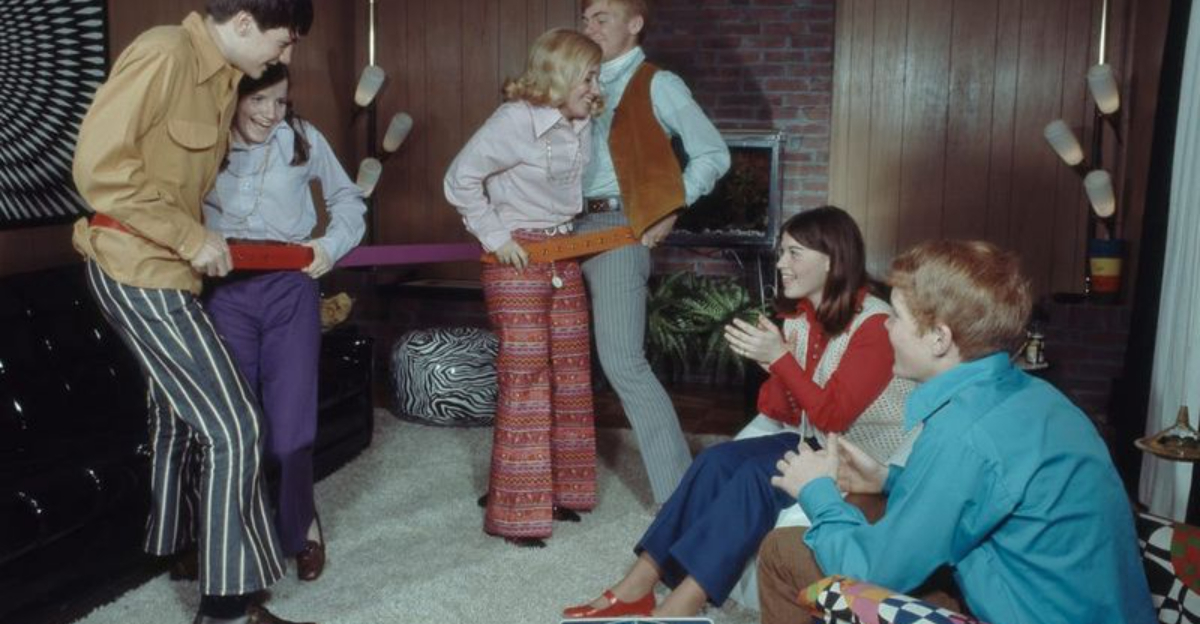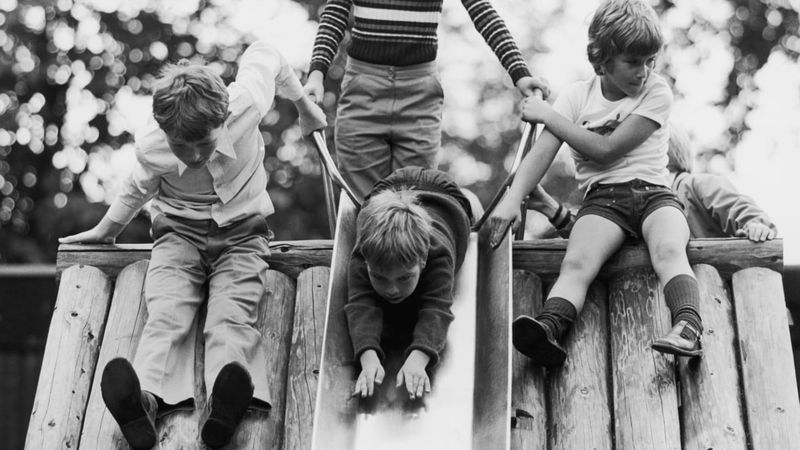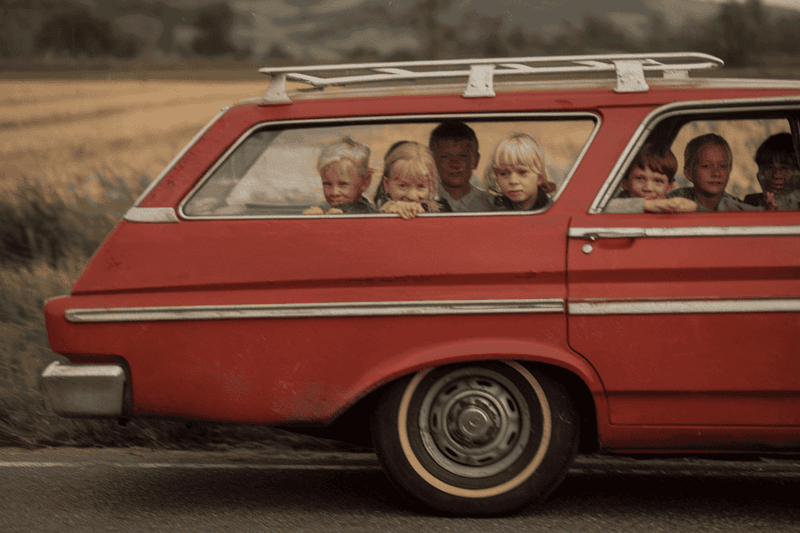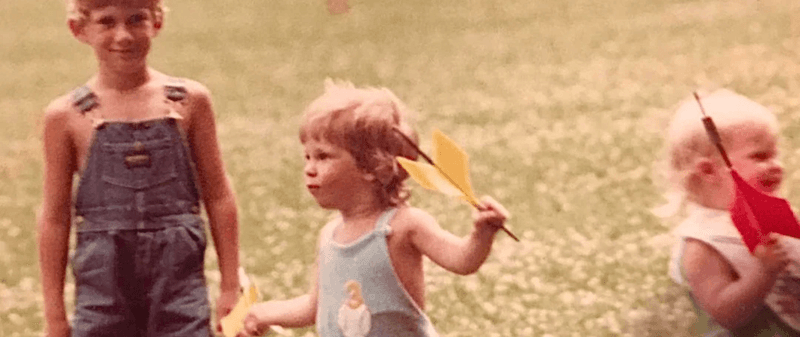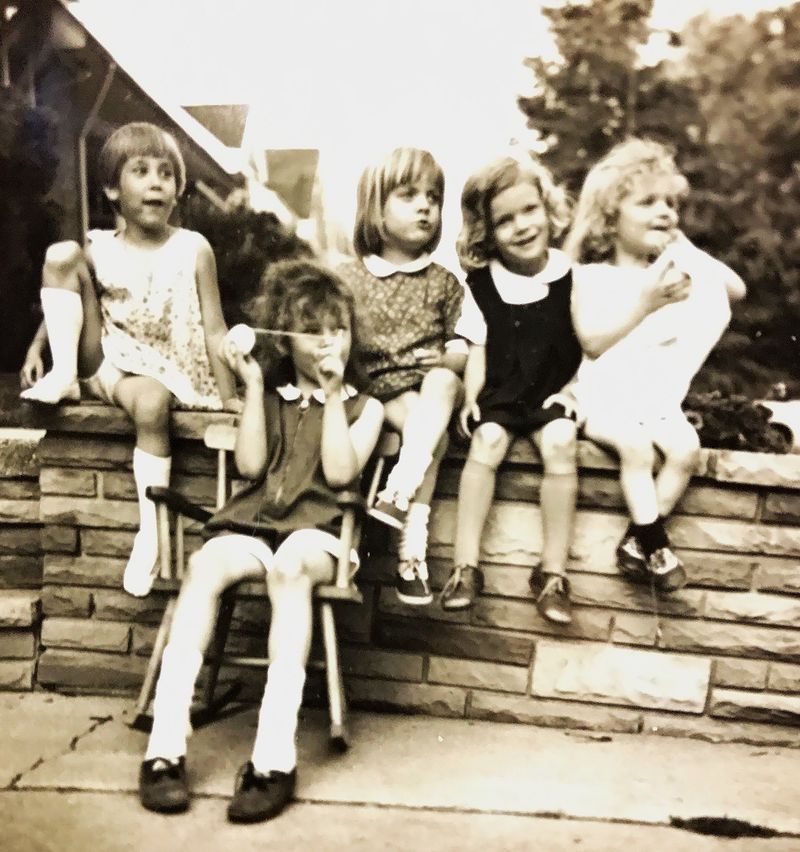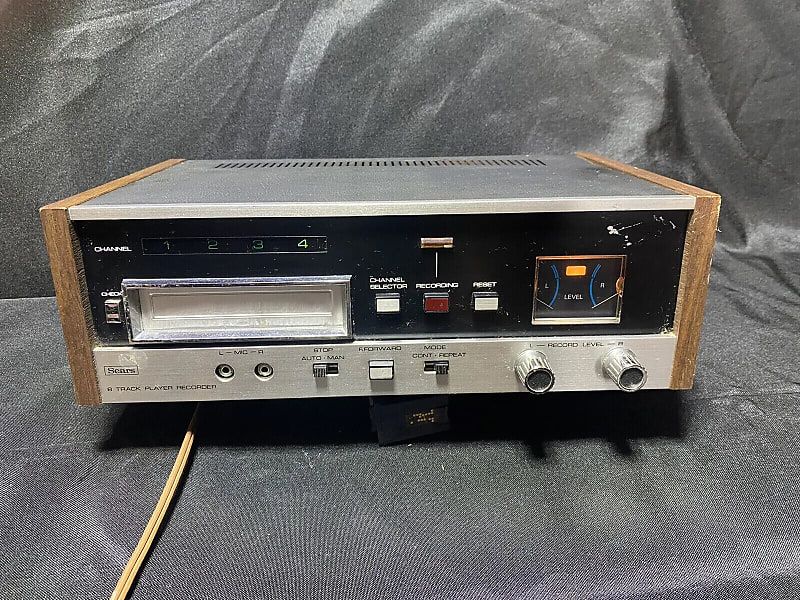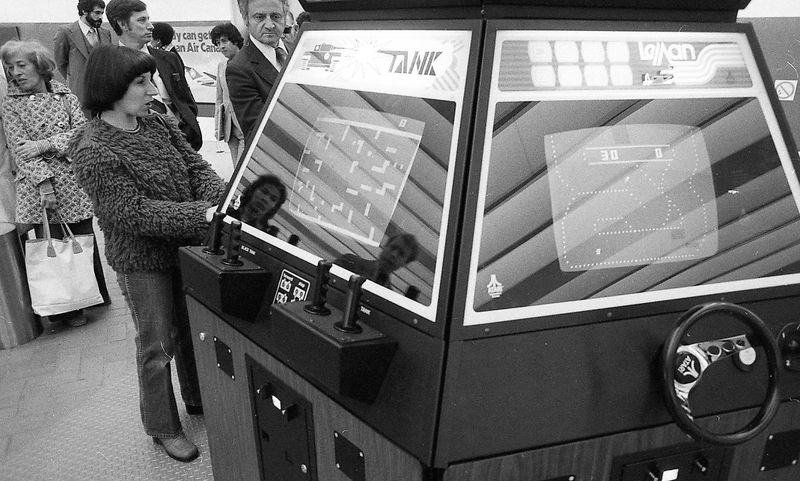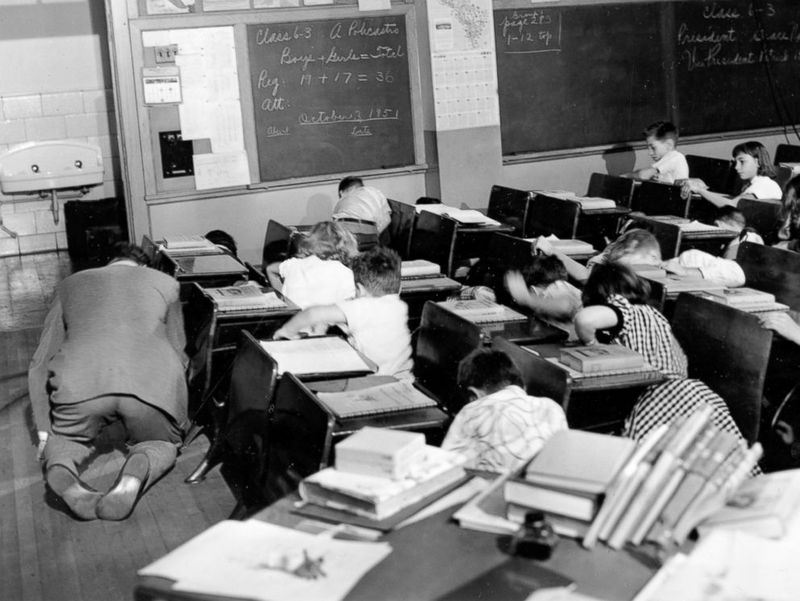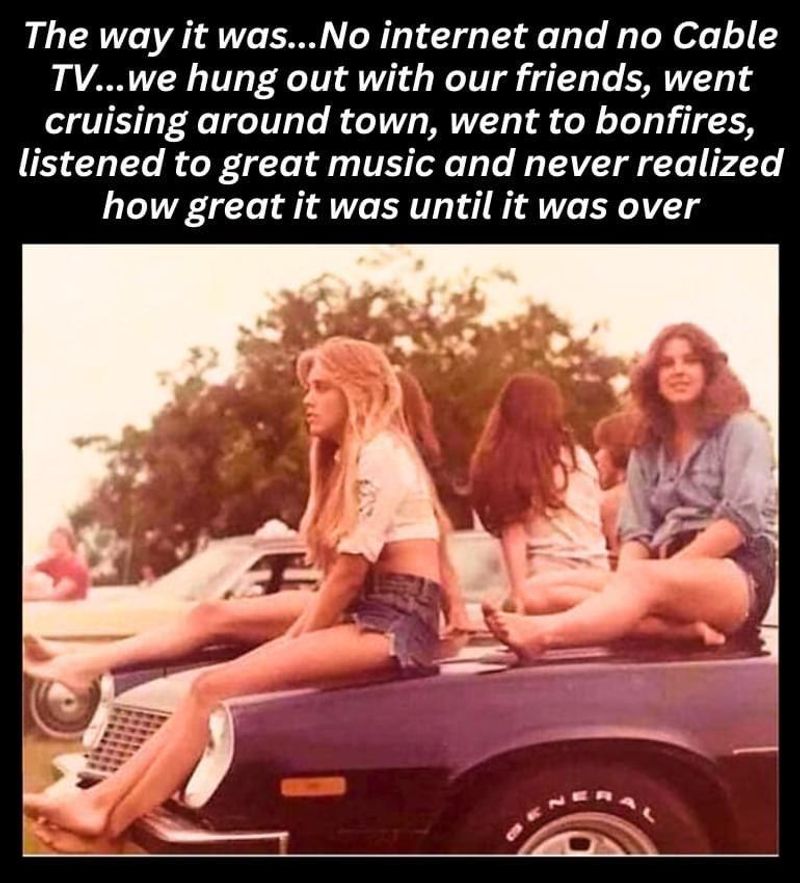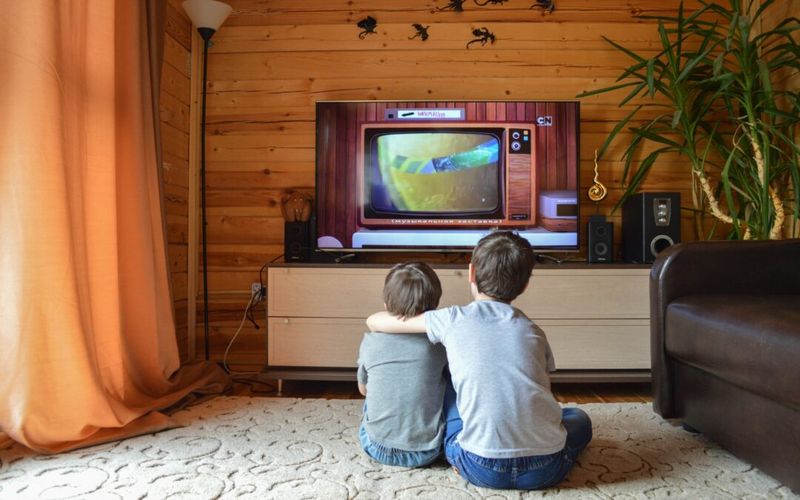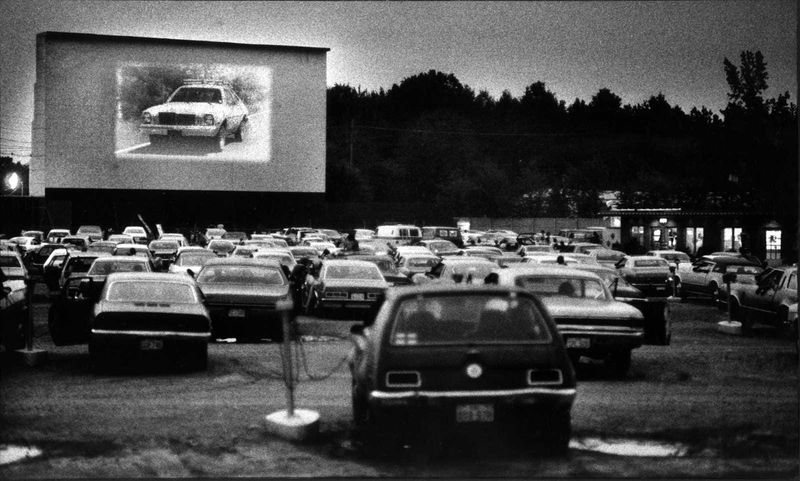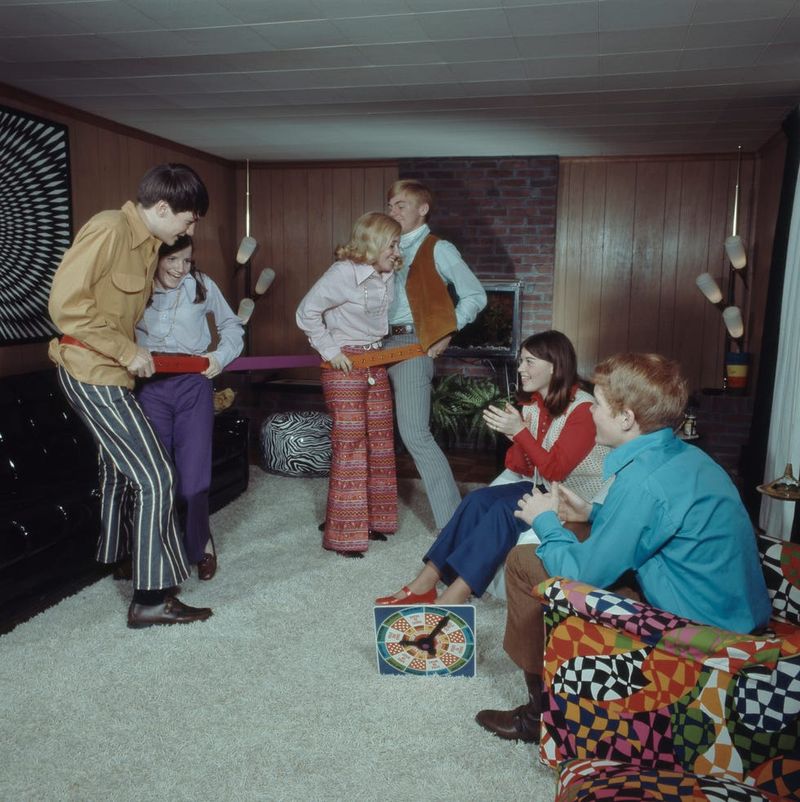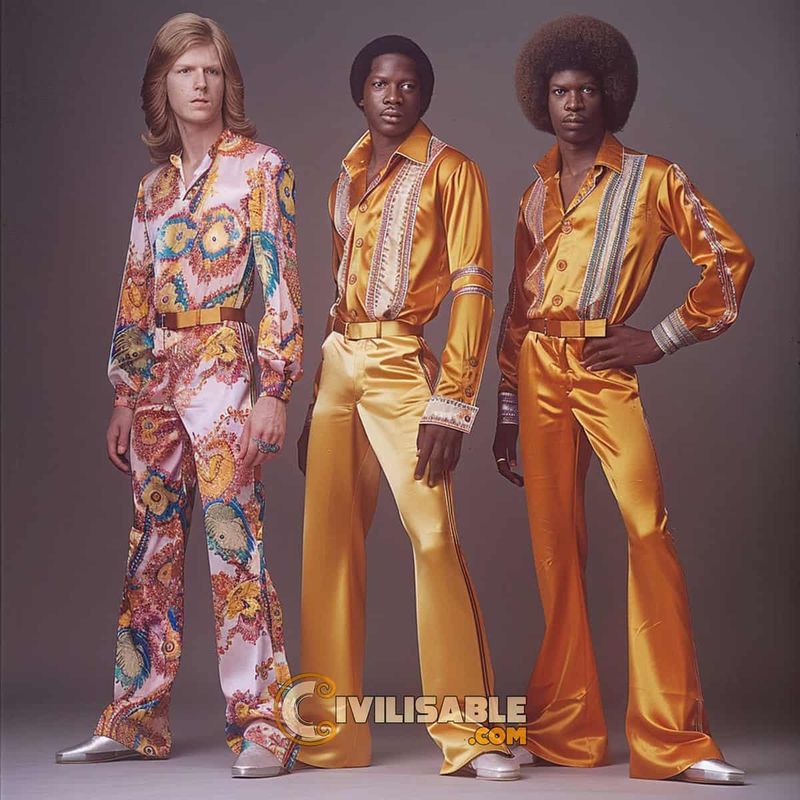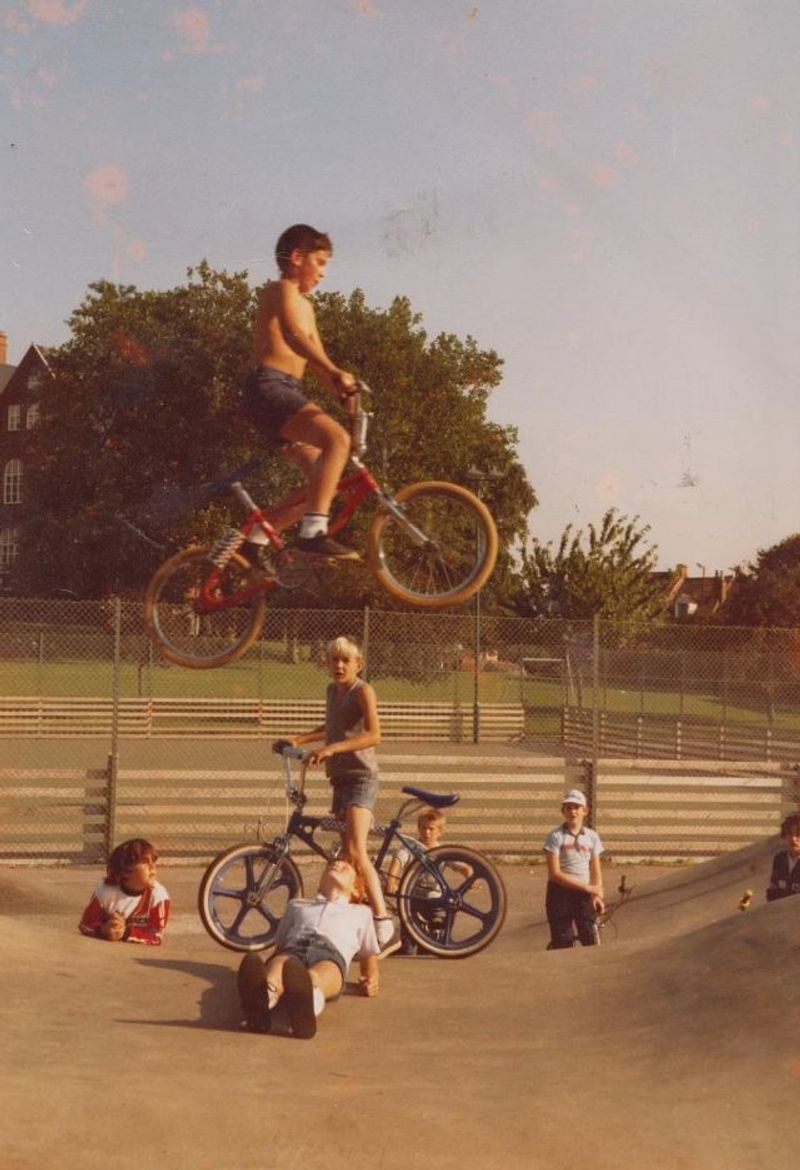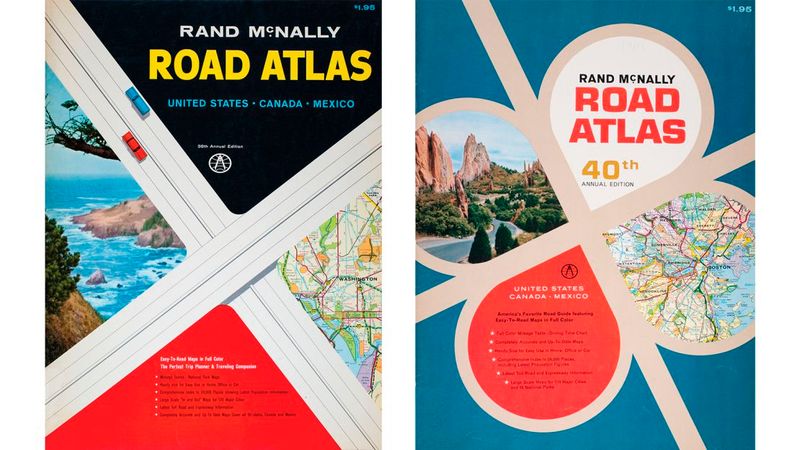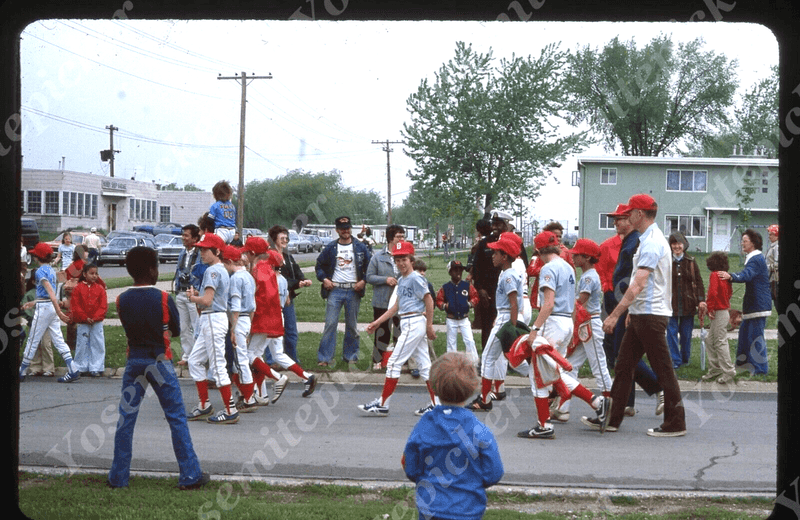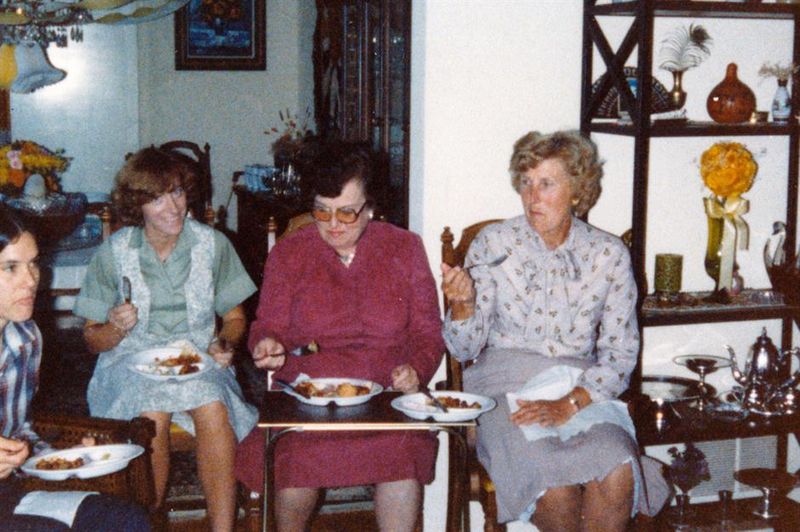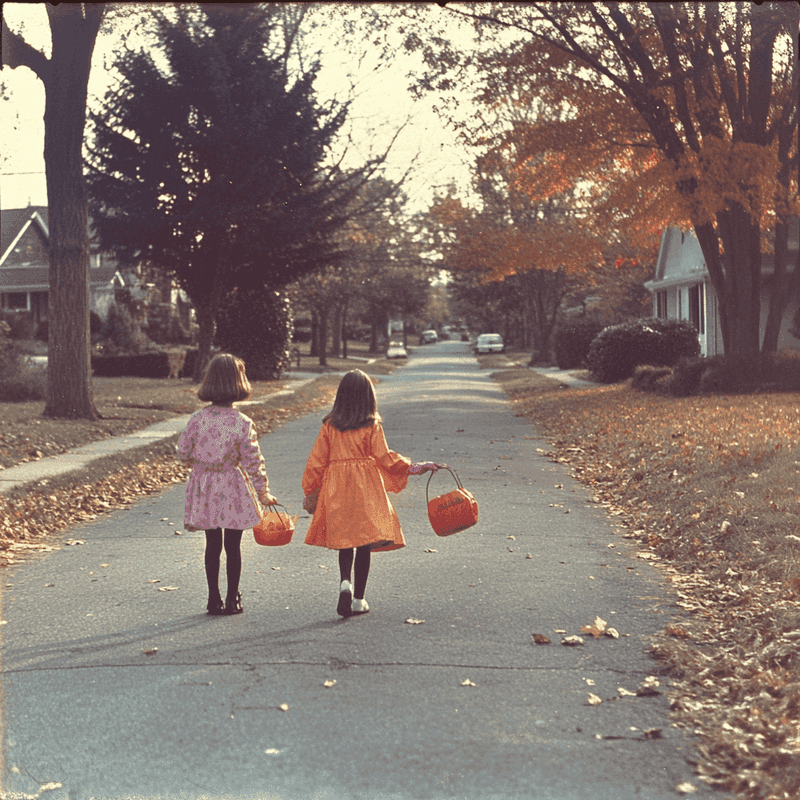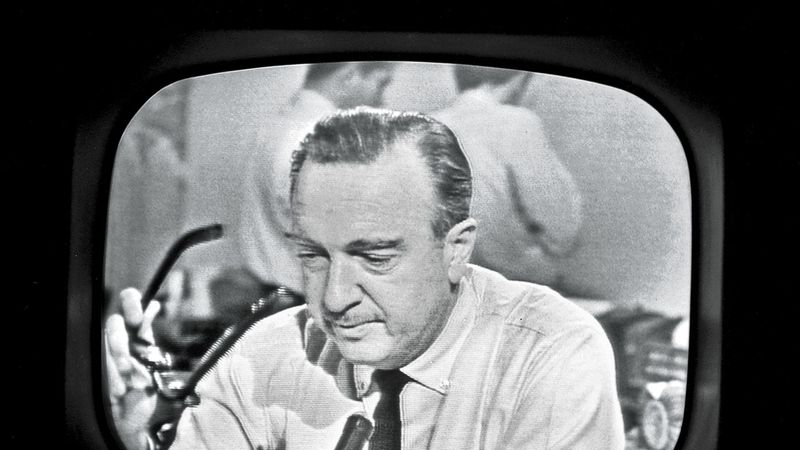The 1970s was a unique era marked by freedom, creativity, and a distinct lack of today’s technological distractions. It was a time when kids could explore the world around them with a sense of independence that seems foreign to today’s generation. From playing outside until the streetlights came on to experiencing the thrill of Saturday morning cartoons, life in the ’70s had its own special charm that set it apart from the fast-paced, digitally connected world we live in today.
1. No Helicopter Parents
In the 1970s, children experienced a remarkable level of freedom and autonomy. The concept of ‘helicopter parents’ was virtually nonexistent, allowing kids to roam unsupervised until the streetlights signaled it was time to return home. Parents encouraged outdoor play, fostering creativity and independence. Without the constant oversight or the digital leash of cell phones, children learned to explore their surroundings, make decisions, and develop a sense of responsibility. It was a time when ‘Go play outside!’ meant embarking on adventures with friends for hours, without the need for check-ins or technological tracking.
2. TV Had Only a Few Channels
Television in the 1970s was a different experience altogether, with only a few channels to choose from. ABC, NBC, CBS, and PBS dominated the airwaves, and changing the channel meant physically getting up to turn the dial. Saturday morning cartoons were a cherished ritual, eagerly anticipated each week. Families gathered around the television to enjoy these limited offerings, creating shared experiences and memories. The simplicity of TV programming in the ’70s fostered a sense of togetherness and appreciation for the content available, contrasting sharply with today’s endless streaming options.
3. No Seatbelts (Or Car Seats!)
Riding in cars during the 1970s was an adventure in itself, often without the constraints of seatbelts or car seats. Kids would bounce around in the back of station wagons, or even ride in the trunk, while parents drove. Safety regulations were not as stringent, and riding in the bed of a pickup truck was considered normal. This lack of confinement allowed for a more relaxed and carefree travel experience, even if it seems reckless by today’s standards. It was a time when car trips were filled with laughter, games, and a sense of freedom that defined the era.
4. Junk Food Was Everywhere
The 1970s was a paradise for junk food lovers, with iconic treats like Pop-Tarts, Twinkies, Kool-Aid, and sugary cereals dominating the kitchen. Health trends like gluten-free or organic were virtually unheard of, and kids indulged in sugary delights without a second thought. Cereal boxes often contained small prizes, adding to the excitement of breakfast. This era of carefree consumption reflected a time when food was about fun and flavor, rather than health consciousness. The abundance of junk food in the ’70s remains a nostalgic memory for those who grew up during this flavorful decade.
5. Dangerous Toys
The toys of the 1970s were often thrillingly hazardous by today’s standards, with little regard for safety regulations. Lawn darts, also known as Jarts, metal Slinkys, Creepy Crawlers made from molten plastic, and BB guns were popular playthings. These toys offered excitement and adventure but came with inherent risks that added to the thrill. Children learned to navigate danger and develop resilience while playing with these items. It was an era that encouraged exploration and creativity, albeit with a touch of peril, making playtime an unforgettable and formative experience.
6. No Internet = Real Adventures
Without the internet, children of the 1970s embarked on real-life adventures, relying on their imaginations and physical surroundings. Riding bikes to the library for homework or exploring the woods to build forts were common pastimes. Summer break meant getting dirty, discovering new places, and creating lasting memories through hands-on experiences. The absence of digital distractions allowed kids to engage fully with the world around them, fostering creativity and a deep connection with their environment. This era of tangible exploration stands in stark contrast to the virtual adventures of today’s youth.
7. Music Was on Vinyl & 8-Track
Music consumption in the 1970s revolved around vinyl records and 8-track tapes, a far cry from today’s digital downloads and streaming services. Listening to music was an intentional experience, with full albums played on record players or 8-track systems. Making a mixtape was an art, often involving hours of recording and careful selection. The tactile nature of music in the ’70s created a deeper appreciation for artists and albums. This era celebrated the artistry of music, turning listening into a shared, communal activity that brought people together in appreciation of sound and creativity.
8. No Video Games (At First)
Before the advent of video games, children in the 1970s engaged in outdoor games like stickball, kick the can, and hide and seek. Physical play was the norm until Pong arrived in 1972, sparking the beginning of home gaming. Atari consoles later gained popularity, introducing a new form of entertainment. However, the majority of the decade was defined by imaginative outdoor play with friends. This blend of traditional and emerging gaming shaped a unique childhood experience, balancing physical activity with the novelty of early video games, and setting the stage for future technological advancements.
9. School Was Different
School life in the 1970s offered its own set of unique experiences, markedly different from today’s educational environment. Active shooter drills were nonexistent, but students practiced duck-and-cover drills in preparation for nuclear threats. Discipline was stricter, with teachers given more authority to manage classrooms. Textbooks and blackboards were staples in learning, fostering a more hands-on educational approach. The lack of digital devices in classrooms encouraged face-to-face interaction and in-depth learning. This era provided a distinctive educational experience that emphasized resilience, adaptability, and a different kind of preparedness for the future.
10. No Cell Phones
Life without cell phones in the 1970s meant communicating through landlines and pay phones. Missing a call was just a part of life, with no voicemail to catch messages. Pay phones were a common sight, and carrying a dime was essential for making a call on the go. This lack of instant communication encouraged patience and planning, as impromptu meet-ups required coordination in advance. The absence of cell phones fostered a sense of independence and self-reliance, allowing people to disconnect and enjoy the present moment without the constant buzz of notifications or calls.
11. Saturday Morning Cartoon Marathons
Saturday mornings in the 1970s were a time of joy and excitement, as children gathered to watch their favorite cartoons. With no streaming services available, shows like Scooby-Doo, Super Friends, and Bugs Bunny became weekly highlights. The anticipation built throughout the week, culminating in a cartoon marathon that brought siblings and friends together. This shared experience created lasting memories and a deep connection to beloved characters and stories. The ritual of Saturday morning cartoons was a cherished part of childhood, capturing the essence of fun and innocence that defined the era.
12. Drive-In Theaters Were Still a Thing
Drive-in theaters were a magical part of the 1970s, offering families and friends a unique way to enjoy movies. Piling into cars, people would head to these outdoor cinemas, eager to watch double features under the stars. The atmosphere was relaxed and social, with car windows rolled down and snacks in hand. This nostalgic form of entertainment provided a sense of community and adventure, creating a cinematic experience that was both intimate and communal. Drive-ins represented a simpler time when movies were more than just a screen; they were an event to be shared and savored.
13. No Social Media = No FOMO
Growing up in the 1970s meant living life without the influence of social media, freeing people from the fear of missing out. Instead of scrolling through feeds, teenagers spent time with friends in person, building genuine connections. Conversations happened face-to-face, and experiences were shared in real-time. This lack of digital distraction fostered authenticity and spontaneity, allowing individuals to live in the moment. The absence of curated online personas meant people were less focused on comparison and competition, embracing a simpler, more grounded way of interacting and forming lasting bonds with others.
14. Crazy Fashion
Fashion in the 1970s was bold and unapologetic, with styles that stood out and made statements. Bell-bottoms, polyester suits, platform shoes, and disco shirts were all the rage, reflecting a decade of self-expression and experimentation. The vibrant and eclectic fashion choices mirrored the cultural shifts of the time, as people embraced individuality and creativity. This era of style was about standing out and celebrating uniqueness, with each outfit telling a story. The daring fashion of the ’70s remains iconic, remembered for its ability to capture the free-spirited and daring essence of the decade.
15. BMX Bikes & Skateboards
BMX bikes and skateboards were symbols of freedom and rebellion in the 1970s. Kids would ride without helmets or pads, embracing the thrill and risk of the activity. Skating down streets or performing tricks on bikes became a popular pastime, fostering a sense of community among riders. This era of unregulated play allowed children to push boundaries and experience the exhilaration of speed and movement. The scars and bruises earned were badges of honor, marking a childhood spent in motion and adventure. BMX and skateboarding paved the way for future extreme sports, leaving a lasting legacy.
16. No GPS—Just Paper Maps
Navigating the world in the 1970s meant relying on paper maps, a skill that required patience and a keen sense of direction. Road trips often began with unfolding giant maps and plotting routes, leading to memorable family debates over directions. This analog approach to travel encouraged teamwork and problem-solving, as everyone contributed to finding the way. The absence of GPS added an element of adventure to journeys, with unexpected detours often leading to serendipitous discoveries. These experiences fostered a love for travel and exploration, teaching lessons in navigation and resilience that remain cherished today.
17. No Helicopter Coaches
Little League in the 1970s was a time of fun and friendship, free from the pressures of today’s competitive youth sports culture. Coaches were more laid-back, focusing on enjoyment rather than year-round training and travel teams. The emphasis was on learning the game and developing a love for sports, without the stress of intense competition. This relaxed approach allowed kids to explore their interests, build teamwork skills, and enjoy the camaraderie of playing with friends. The spirit of playfulness and inclusion defined the sports experience, making it a cherished part of growing up in the ’70s.
18. TV Dinners & Swanson
TV dinners, particularly those from Swanson, were a novelty and a treat in the 1970s. These frozen meals, served in aluminum trays, provided a convenient dining option for busy families. Eating in front of the television became a popular household tradition, blending convenience with entertainment. Each meal was an adventure in itself, with compartments holding a variety of dishes to enjoy. The simplicity and novelty of TV dinners captured the essence of the era, reflecting a time when mealtime was flexible and innovative, catering to the evolving lifestyles of modern families.
19. No Stranger Danger Panic
The 1970s was a time when the world felt safer for children, and the concept of ‘stranger danger’ was not yet prevalent. Trick-or-treating alone or with friends was normal, and Halloween candy wasn’t feared to be tampered with. This sense of security extended to everyday activities, allowing kids to explore their neighborhoods freely. The trust and freedom experienced during this era seem distant today, as modern fears have reshaped parenting and childhood experiences. The ’70s offered a carefree environment where children could grow and learn with a sense of adventure and self-reliance.
20. The World Felt Smaller (In a Good Way)
The 1970s offered a world that felt smaller and more connected, without the 24/7 news cycle that defines today’s media landscape. Evening news with anchors like Walter Cronkite delivered information at a slower, more digestible pace. Families gathered to watch the news together, fostering discussions and sharing perspectives. This limited access to information created a sense of community and focus, allowing people to engage deeply with the events of the day. The world felt more intimate and accessible, with less fear and more understanding, capturing a time of connection and contemplation.
